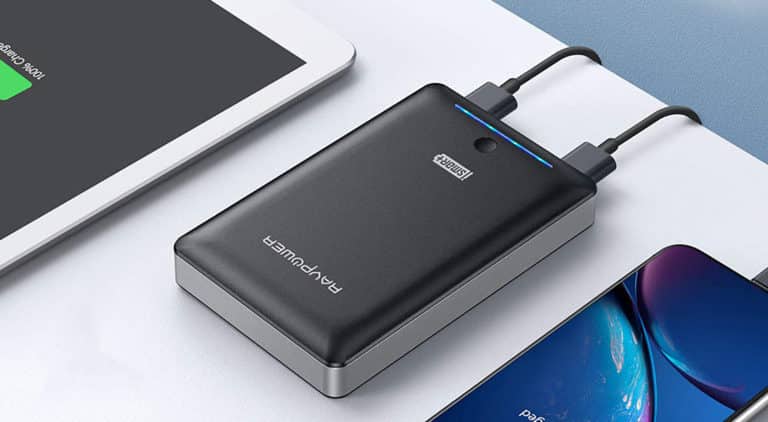When it comes to picking a travel adapter it really comes down to two factors: where are you going, and what devices are you bringing. Answering those two questions can guide you to the right one. But before we get to choosing a travel adapter, let’s explore why we even need them.
Without going into a deep scientific explanation of how electricity is created and is transmitted, I’ll attempt to explain the regional differences you’ll come across out in the world. The biggest difference you’ll find is in the voltage at the outlet. All countries use AC current to transmit power to the masses, and this comes in voltages between 110 and 240. The Americas will be around 120v and the rest of the world is around 220v. This discrepancy luckily does not pose too big of a problem. If you look closely at the chargers of your devices, you’ll see that they’ll most likely accept a wide amount of voltages within the aforementioned range. In those cases, you’ll simply need the correct travel adapter for the region you’re going to.
However, it gets a bit more complicated when you start talking devices that only accept a certain voltage. You’ll see these most often in things like electric shavers and electric toothbrushes. If you were to plug a device meant for 120v into a 220v outlet, you’ll likely destroy the charger or device relatively quickly. Bad idea! If you do the opposite and plus a 220v only device into a 120v, you probably won’t break anything, but you’ll only get half the intended power. In this case where you need to use voltage specific devices, you’ll need an adapter with voltage conversion.
But wait, there’s more. Devices have different power needs and this also impacts the adapter that you’ll choose. You’ll see this measured in watts. With low power devices such as phones, tablets, and other small electronics you’ll see ratings in the 10 to 20 watt range. Even higher power laptops will top out around only 130w. All of those are well within most adapter ratings. When it comes to bringing along high power devices such as blow dryers and curling irons you’ll see wattage ratings going above 1500w. For a good amount of adapters this is too much, so you’ll need one that can supply it. As a general rule it’s best to by an adapter that exceeds your power demands by a considerable amount. If not, you risk blowing an internal fuse which might be hard to replace.
So now that we have an idea of what we’re dealing with in choosing an adapter, let’s explore different use cases. Different countries use different outlet types. By name they go by things like Type A, Type C, etc. There’s an origin story for each type, but that’s for another time. In the diagram below you’ll see the types and the predominant countries which use them.

In what could be confused for a brilliant new batch of emojis, you’ll see a wide variance between them, and the importance of bringing an adapter. If you want a detailed outlet type list check out this site. Luckily they have come a long way and you can now have a single adapter that will fit most of those plug types. Not only that, many include multiple USB ports so you can charge many devices at a time. It’s also important to keep in mind that some adapters only accept one type of input. For example if your adapter only accepts American Type A and you have to buy a local device, then that device becomes useless once you go to another country with a different plug. That’s why I recommend adapters that can accept multiple types of inputs.
This concludes part 1 for choosing a travel adapter. In Part 2 we’ll go through specific use cases and recommend adapters for each of them.



